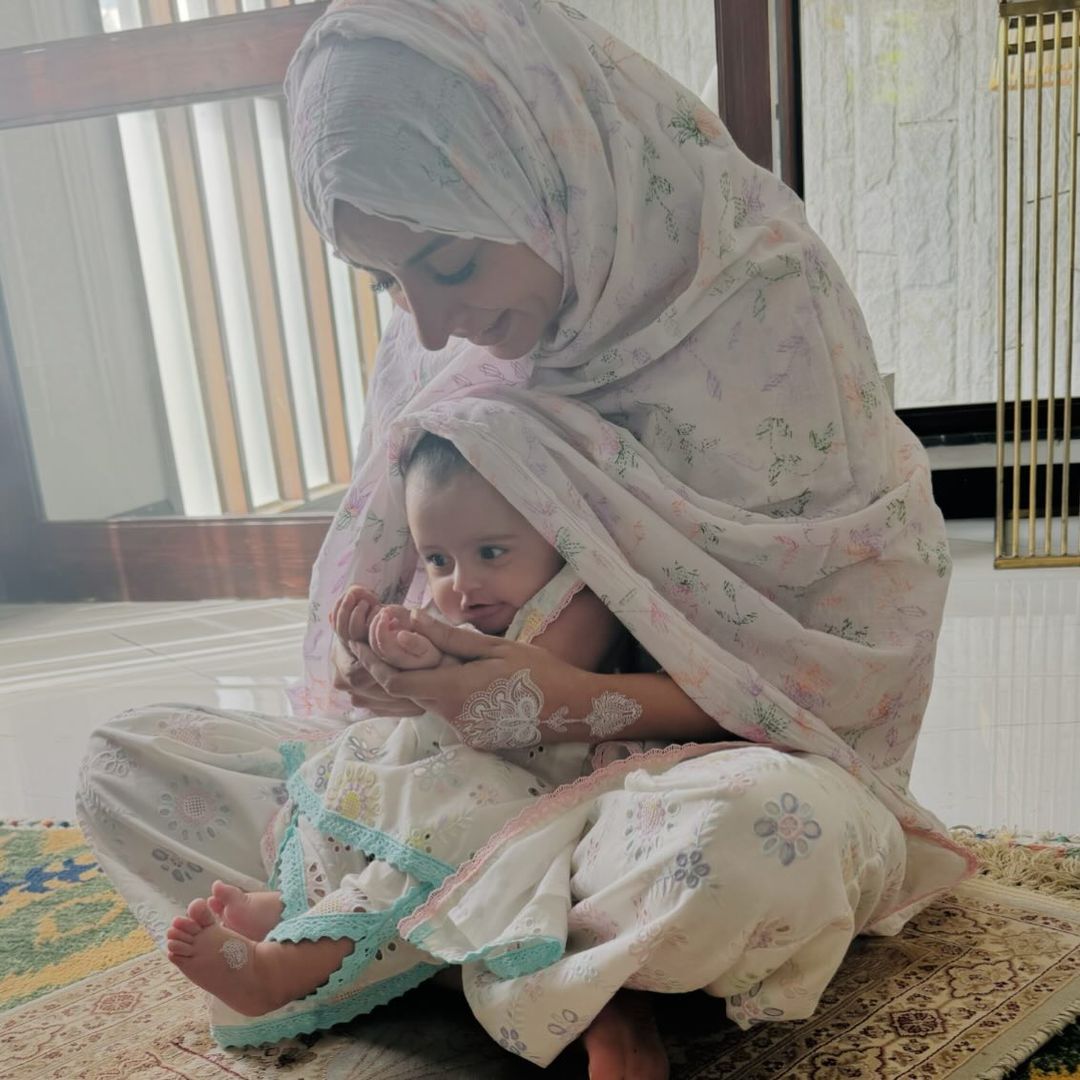Postpartum Depression
Renowned actress Sarwat Gilani recently opened up about her battle with postpartum depression. During an appearance on ARY Digital’s “Good Morning Pakistan,” she revealed the dark thoughts she faced after giving birth to her daughter Ella in December.

Facing Dark Thoughts
Gilani recounted that she met Ella four days after giving birth due to serious surgeries post-delivery. When she finally held her daughter, who was struggling to breastfeed, she had distressing thoughts of dropping her. “I felt that I should just drop her because that would end all tensions,” she admitted. This alarming thought led her to confide in her husband, Fahad Mirza, who explained that she was experiencing postpartum blues, a temporary but intense emotional state.
View this post on Instagram
Personal Struggles
Highlighting the importance of awareness, Gilani stressed that these feelings are not a reflection of the person but rather a mental state some new mothers endure. She emphasized the necessity of educating oneself about postpartum depression before childbirth to recognize and address the symptoms early.

During the first four months after Ella’s birth, Gilani described herself as being in a “very dark place,” grappling with suicidal thoughts and a pervasive sense of hopelessness. She underscored that postpartum depression is a critical issue that is often overlooked and stigmatized in society.
Understanding Postpartum Depression
According to the Mayo Clinic, postpartum depression is a severe and long-lasting form of depression that affects new mothers. Symptoms include severe mood swings, excessive crying, difficulty bonding with the baby, intense irritability, and feelings of hopelessness. In Pakistan, the prevalence of postpartum depression among women ranges from 28% to 63%, one of the highest rates in Asia. Despite its commonality, it remains a taboo topic, often dismissed as an illegitimate concern.

Celebrities like Sarwat Gilani raising awareness about postpartum depression play a crucial role in normalizing discussions about the condition. This helps initiate broader conversations about the importance of providing adequate care and support to mothers suffering from this often misunderstood disorder.























